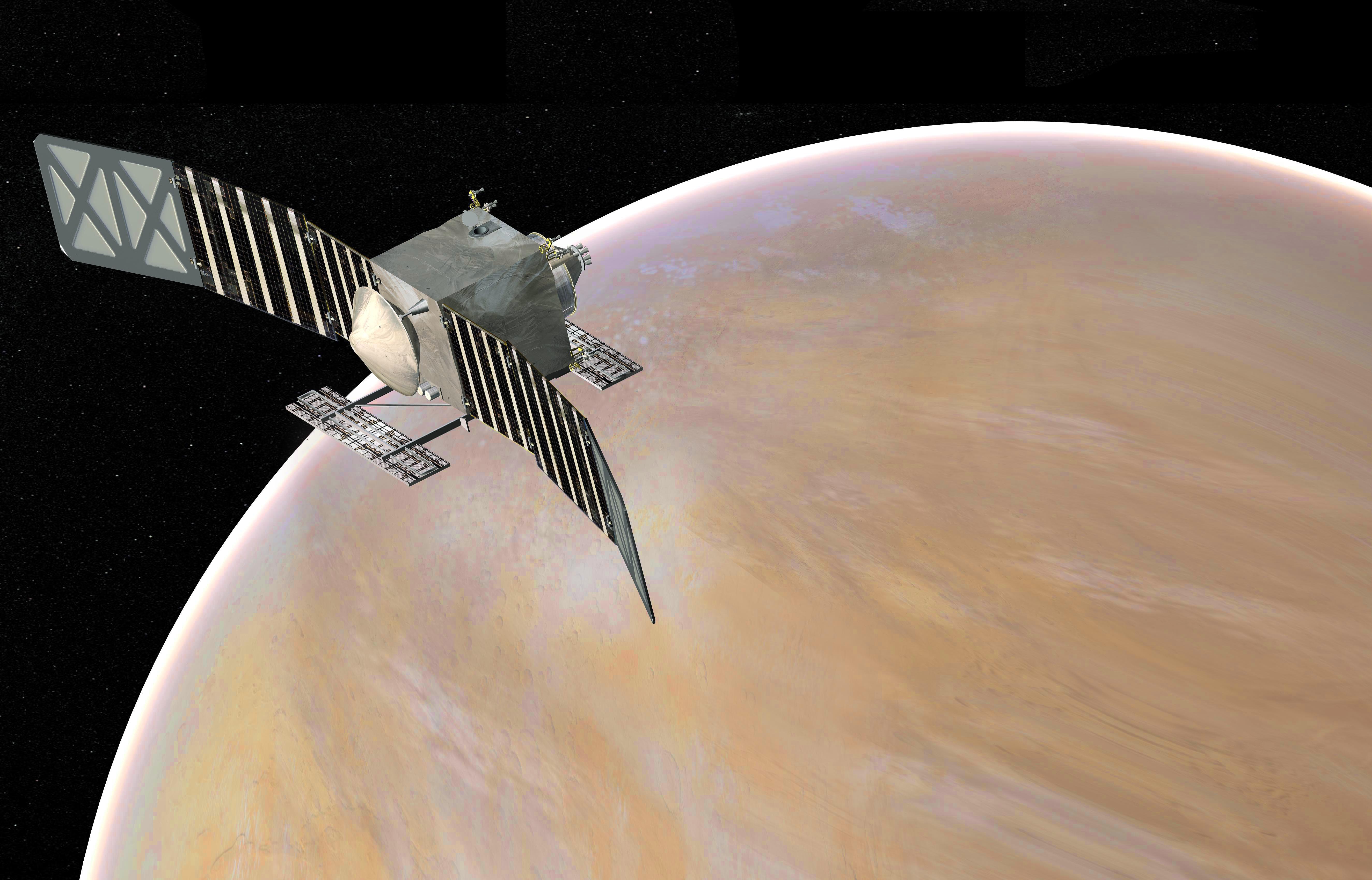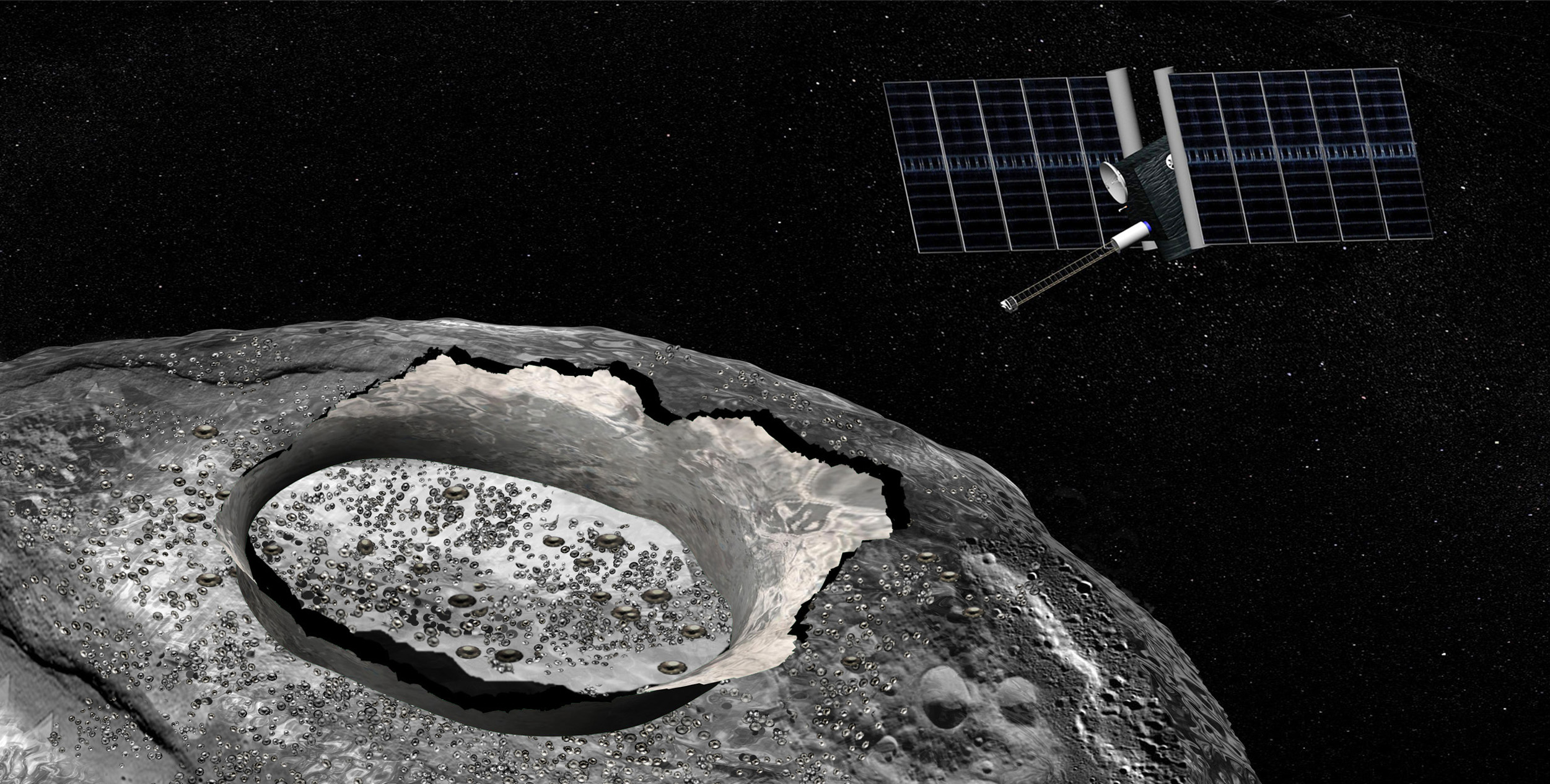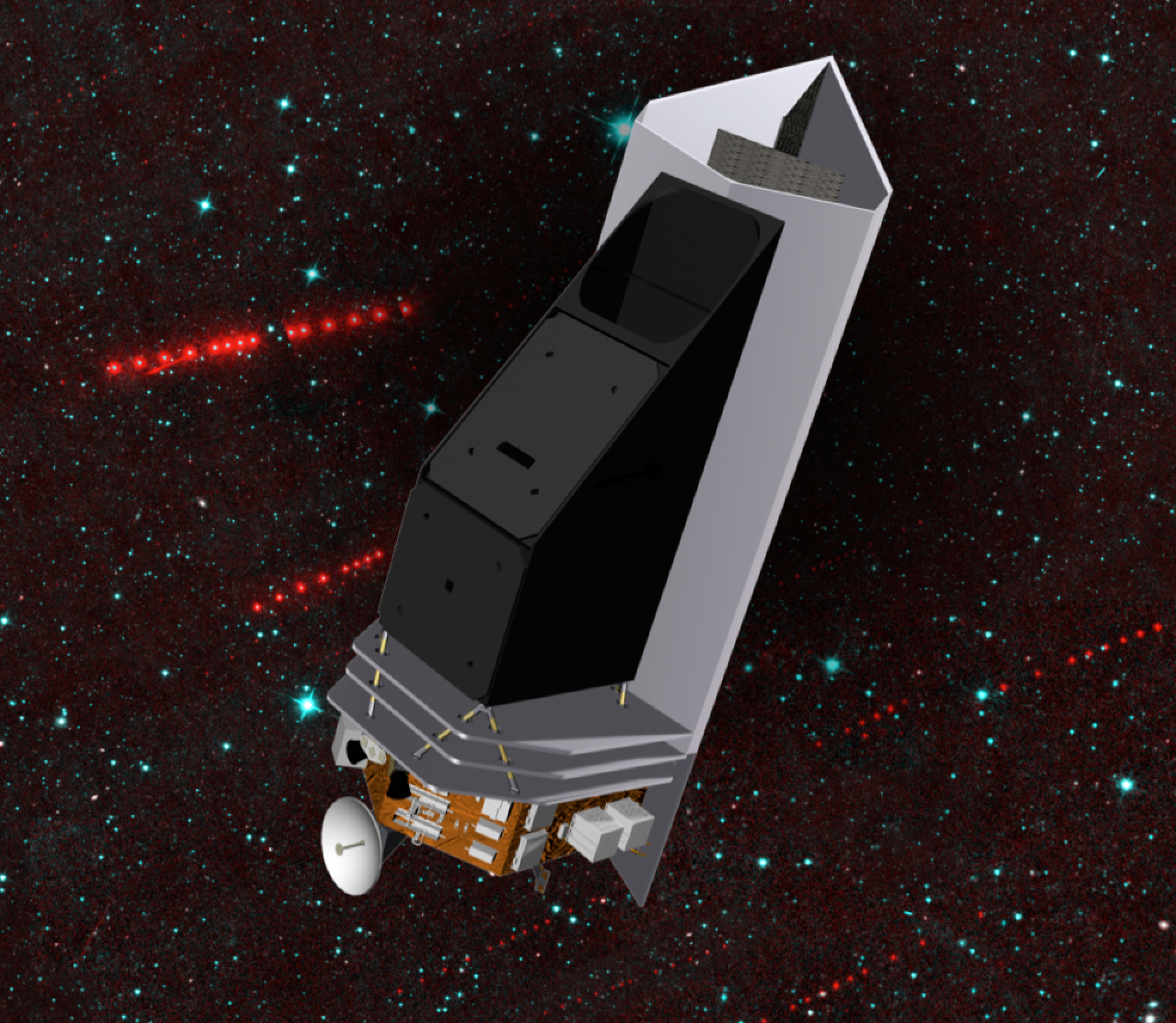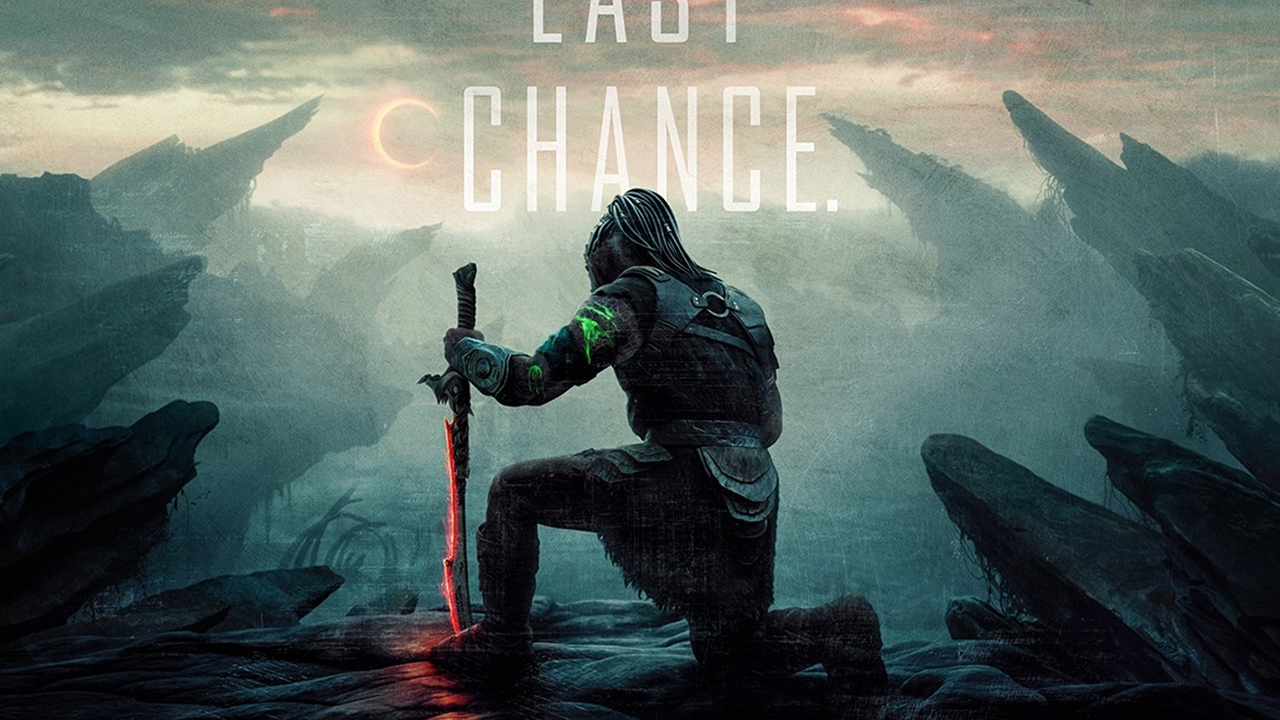
NASA is zeroing in on Venus and asteroids as potential targets for its next low-cost robotic exploration mission or missions, which will launch by the end of 2021.
The space agency has chosen five finalists for the next launch opportunity in its Discovery Program, which funds highly focused missions to destinations throughout the solar system. Two of the selected concepts would visit Venus, while asteroids are the objects of interest for the other three.
"The selected investigations have the potential to reveal much about the formation of our solar system and its dynamic processes," former astronaut John Grunsfeld, associate administrator for NASA's Science Mission Directorate in Washington, said in a statement Wednesday (Sept. 30). [Our Solar System: A Photo Tour of the Planets]
"Dynamic and exciting missions like these hold promise to unravel the mysteries of our solar system and inspire future generations of explorers," Grunsfeld added. "It's an incredible time for science, and NASA is leading the way."
The teams behind the five proposals will receive $3 million each to perform design studies and analyses over the next year. NASA will then make its final selection in September 2016, choosing one or two of the concepts to proceed to launch in 2020 or 2021.
Any mission that is ultimately selected will cost about $500 million, not including launch costs or the costs of post-launch operations, NASA officials said.
The five finalists are:
Get the Space.com Newsletter
Breaking space news, the latest updates on rocket launches, skywatching events and more!
VERITAS (Venus Emissivity, Radio Science, InSAR, Topography, and Spectroscopy)
This orbiter would return high-resolution topographic data and photos of the entire surface of Venus, allowing mission team members to generate maps of the planet's deformation and surface composition. The principal investigator (PI) is Suzanne Smrekar of NASA's Jet Propulsion Laboratory (JPL) in Pasadena, California; JPL would manage the mission.
DAVINCI (Deep Atmosphere Venus Investigation of Noble gases, Chemistry, and Imaging)
DAVINCI is an atmospheric probe that would study the composition of Venus' thick air during an hourlong descent. DAVINCI would help scientists determine if Venus possesses active volcanoes and shed light on how the planet's surface and atmosphere interact, NASA officials said. Lori Glaze of NASA's Goddard Space Flight Center in Greenbelt, Maryland, is the PI; Goddard would manage the mission.

Psyche
This mission would send a spacecraft out to the asteroid belt to study the metallic asteroid Psyche, one of the strangest objects in the solar system. Scientists think the 155-mile-wide (250 km) Psyche is the core of a protoplanet that was exposed after a violent hit-and-run collision in the ancient past. Linda Elkins-Tanton of Arizona State is the PI of the mission, which would be managed by JPL.
NEOCam (Near Earth Object Camera)

NEOCam is an infrared space telescope that would launch to the Earth-sun Lagrange Point 1 — a gravitationally stable spot about 930,000 miles (1.5 million kilometers) from Earth — to hunt for potentially hazardous asteroids.
The mission would discover about 10 times more near-Earth objects than have been found to date, NASA officials said. Amy Mainzer of JPL is the PI, and JPL would manage the mission.
Lucy
This mission would study Trojan asteroids, which circle the sun on the same path as Jupiter. These space rocks were likely captured into their current orbits long ago, during the planet-formation period, and could therefore hold clues about the solar system's early days, NASA officials said. Harold Levison of the Southwest Research Institute in Boulder, Colorado is the PI; NASA Goddard would manage the mission.
The Discovery Program asked researchers to submit proposals in November 2014 for the next launch opportunity, and 27 teams threw their hats into the ring. The submissions that didn't make it to the final round include a life-hunting mission to Saturn's ocean-harboring moon Enceladus, a mission to Jupiter's volcanic moon Io, and several projects that would have explored Mars' two tiny moons, Phobos and Deimos.
The Discovery Program, which was created in 1992, has developed a dozen missions to date, including the MESSENGER (MErcury Surface, Space ENvironment, GEochemistry, and Ranging) probe and Dawn, which is currently orbiting the dwarf planet Ceres.
Mars InSIGHT (Interior Exploration using Seismic Investigations, Geodesy and Heat Transport) will be the next Discovery mission to reach space; the lander is scheduled to launch in September 2016, on a mission to probe the Red Planet's interior.
Follow Mike Wall on Twitter @michaeldwall and Google+. Follow us @Spacedotcom, Facebook or Google+. Originally published on Space.com.
Join our Space Forums to keep talking space on the latest missions, night sky and more! And if you have a news tip, correction or comment, let us know at: community@space.com.

Michael Wall is a Senior Space Writer with Space.com and joined the team in 2010. He primarily covers exoplanets, spaceflight and military space, but has been known to dabble in the space art beat. His book about the search for alien life, "Out There," was published on Nov. 13, 2018. Before becoming a science writer, Michael worked as a herpetologist and wildlife biologist. He has a Ph.D. in evolutionary biology from the University of Sydney, Australia, a bachelor's degree from the University of Arizona, and a graduate certificate in science writing from the University of California, Santa Cruz. To find out what his latest project is, you can follow Michael on Twitter.
